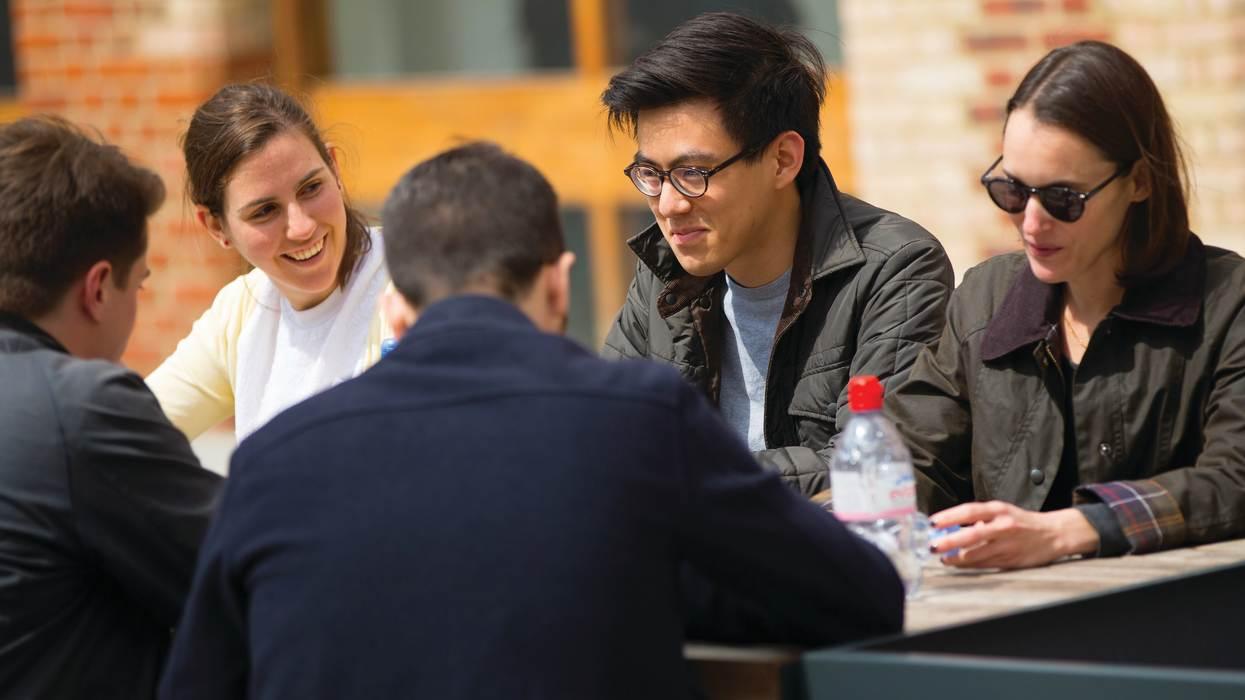Just how diverse are arts sector workers? Goldsmiths is helping find out
Primary page content
Goldsmiths is at the heart of a new project investigating the diversity of arts sector workers – which culminates with an exciting festival of debates, film and gigs this winter.

Partnering with The Guardian, The Barbican arts organisation Create and British Arts Show 8 we have today launched a major study into the backgrounds of those working in the cultural industries.
Published on The Guardian website, the survey compiled by Goldsmiths will assess the social and cultural make-up of those employed in this sector.
The work by researchers alongside academics from LSE and University of Sheffield will inform major project examining inequality in the sector using a programme of debates, live music and film.
Visit the Guardian website to take the survey
Panic! What Happened to Social Mobility in the Arts? is a 10-day programme examining the impact of the current economic climate on the diversity of the arts sector workforce – and to the “preservation of UK arts”.
Highlights of the festival include a series of gigs at The Barbican, debates on the state of pop music and film industry and examinations into what effects rising costs and Government economic policies are having on accessibility.
The survey is the launchpad for the Panic! programme which is being curated by arts organisation Create. Respondents to the survey are set to include high-profile arts influencers as well as those working behind the scenes in the cultural industries.
Results from the survey will be published ahead of the festival which runs from 26 November to 5 December. The project follows research earlier this year from Goldsmiths which showed that just one in 10 British actors come from a working-class background.

Senior Lecturer in Cultural Policy at Goldsmiths Dr Dave O’Brien (Institute of Creative and Cultural Entrepreneurship) said: “This project builds on recent work I’ve conducted for the Arts and Humanities Research council, which argued we need much better information about the makeup of the workforce in the cultural and creative industries.
“We can then better understand, as a wealth of studies by Goldsmiths’ academics have already indicated, the range and nature of inequalities within creative and cultural occupations.”
Using film, debate and live music Panic! aims to compel the Government to acknowledge that that less than a fifth of Britain’s cultural workforce was brought up by parents in traditional working-class jobs.
Another key aim is to provide hands-on experience for those keen to break into the cultural industries. The Creativity Works: Panic! employability programme will see Create’s partners, The Barbican, Goldsmiths, The Guardian and The British Art Show offer work placements to 20 young people from diverse backgrounds.
The programme, which is yet to be finalised, includes an exhibition entitled Day After Debt (UK) for British Art Show 8. Opening on 9 October at Leeds Art Gallery, the show will feature works from Goldsmiths alumni Liam Gillick and Goshka Macuga as well as Susan Hiller.
For more information visit www.createlondon.org